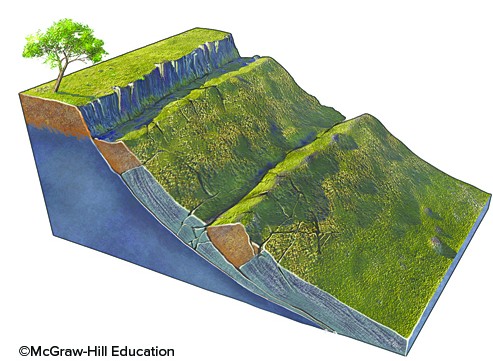Describe approaches to solar radiation management
What will be an ideal response?
ANSWER: Solar radiation management involves artificially reducing the amount of sunlight absorbed by the climate system. Proposed methods include injecting aerosols such as SO2 into the stratosphere to reflect sun energy, much as occurs naturally with very large volcanic eruptions. Although this would decrease global temperatures, it would also likely produce a small but significant decrease in global precipitation, potentially affecting freshwater supplies for drinking and agriculture, and aerosols would likely cause modest depletion of polar stratospheric ozone (i.e., increase the size of the ozone hole), which protects us from cancer-causing ultraviolet sunlight. Because the SO2 would wash out of the atmosphere within a year or two, the injection would have to be done almost every year. Another problem is that if solar radiation management were terminated because of cost or unanticipated consequences, without other mitigation strategies surface temperatures would increase within a decade or two to what they would have been without the intervention. In addition, the management would not compensate for ocean acidification from increasing CO2.
You might also like to view...
Where are grasslands most likely to occur?
A) temperate forests B) coniferous forests C) tundra D) steppes E) tropical forests
Which of the following parts of a coast is more likely to experience intense erosion?
A) A straight part of the shoreline B) A gently curved part of the shoreline C) Areas within a bay D) The seaward end of a promontory
Which of the following is not a characteristic of quartz?
A) hardness of 7 B) commonly occurs in six-sided crystals C) one direction of cleavage D) conchoidal fracture E) made up of SiO2
What type of slope failure is shown in this figure?
A. debris flow B. rock fall C. creep D. rock avalanche E. rotational slide